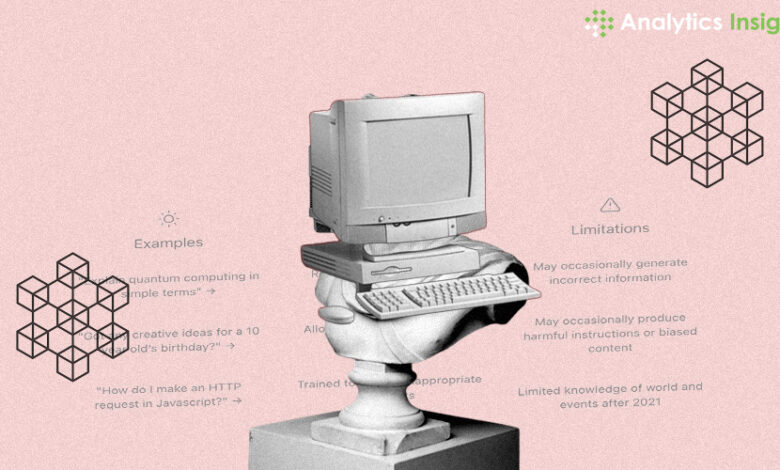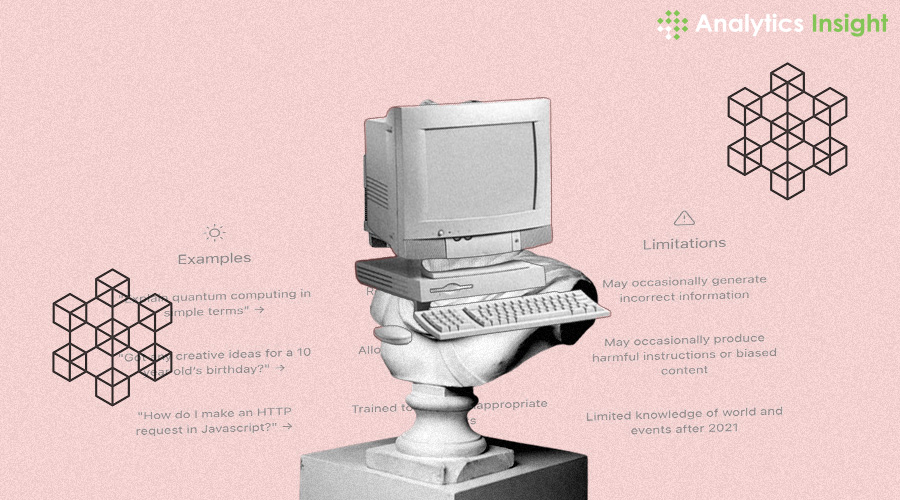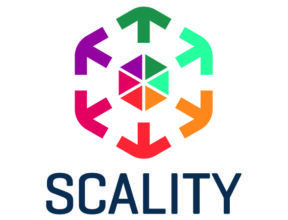New Business Intelligence Platforms of 2024

Explore 2024’s BI platforms, including Power BI, for advanced business intelligence
With the beginning of 2024, there is a trend in technological developments regarding business intelligence and systems that can be observed. The reality is that modern BI solutions are no longer about data analysis; they are about fostering a culture of data usage as a part of every process of the organization. Let’s see new BI platforms that are laying the seed for a huge data analytics overhaul.
1. One of the key aspects of AI in finance is the revolution in analytics.
The incorporation of AI with BI devices has not only helped but also made a lot of changes. With the takeoff of systems such as Tableau, Microsoft Power BI, and Qlik Sense, the conventional AI features have been enhanced to a further level and people in enterprises are now able to gain additional predictive analytics and deeper insights from these data. These tools nowadays have built-in machine learning algorithms that enable them to recognize trends, predict tendencies, and even offer the best way out when it comes to optimizing business processes.
2. Democratization of Data
Working with the data is becoming a vital part of business, and the new BI platforms rolled out with a “data for all” concept being a trendy thing. They provide visual, web-based interfaces coupled with personal dashboards that empower users of all technical levels to obtain, analyze, and visualize their data. The democratization of data stands in the spotlight in a way that systematically allows for data-driven decision-making at any level in the organization.
3. Enhanced Data Governance
BI platforms enforcing strong data governance frameworks have become essential in the context of the growing emphasis on data privacy and security. They offer comprehensive security standards, try to keep up with established international guidelines, and present a clear chain of data ownership so that data can be used not only securely but also accurately and trusted.
4. Cloud-Native Solutions
The preponderance of cloud-based BI systems is deemed as the standard norm, offering scalability of volumes, a high degree of flexibility, and cost-effectiveness. They empower the business of companies to take advantage of cloud sources to store humongous data and process left-hand drive analytics without the need of having a massive fixed expense of hardware.
5. Collaborative BI
Next-gen BI platforms apply collaboration as their chief concept. For instance, common dashboards, real-time co-editing, and smooth integration with collaboration tools reduce the distance among team members and provide them with the possibility to cooperate efficiently, to matter being it in physical proximity or remotely
6. Mobile BI
The idea of data being available on the go offline BI has increased as a result. Today, mobile platforms come with overall functional mobile apps that support users with the opportunity to monitor their app dashboards, receive alerts, or even perform data exploration from their phones.
7. Custom BI Solutions
Shifts in business innovative environments occur in the scope of data requirements which BI platform providers respond with customization options. They do so through modular design, open APIs, and a wide array of plugin ecosystems among other factors. These suites can therefore be customized to achieve any organization’s particular requirements.
8. Embedded Analytics
Built-in analytics is growing as well and acquiring momentum. BI systems are now built into direct business applications, where managers can make decisions based on the analytics and information provided in the context of the application they are using, to improve the performance of the business.
9. Extend the Focus to the User Experience.
The recently developed BI platforms now focus more on having a great user experience (UX). Unlike other tools that are intended to just give raw power to its user, this product takes an extra step to make the experience not only thunderous but also enjoyable. Through features such as natural language processing (NLP) and conversational analysis, the platform allows close interaction with the platform just like how a human analyst would interact.
10. Sustainability Analytics
As the sociocultural aspect of climatic change gains more weight, BI tools are implementing the functionality that assists organizations in monitoring and analyzing their carbon footprints. It facilitates businesses to form decisions based on data that delegate their efficiency towards sustainability goals.
Next year’s BI platforms are not only the tools, but they are the instruments that bring us into the data-driven new reality. They are made to be both present-day corporate world applicable and flexible to the extent that they provide the security, collaboration, and diversity features that modern businesses need. However, if we do not just use these new platforms but also combine them with that way of thinking that depends on data, then we might be heading to a new era that is driven by data rather than only by technology.
The article illustrates the increasing influence of BI platforms by showing how they will transform the business world in the future. As these platforms keep changing and they hardly are standing still, they will no doubt be a factor of significant importance in the evolution of the competitive landscape of different economic sectors. The path to success is paved with the mastery of these tools that would certainly unleash the gigantic potential of your data.




